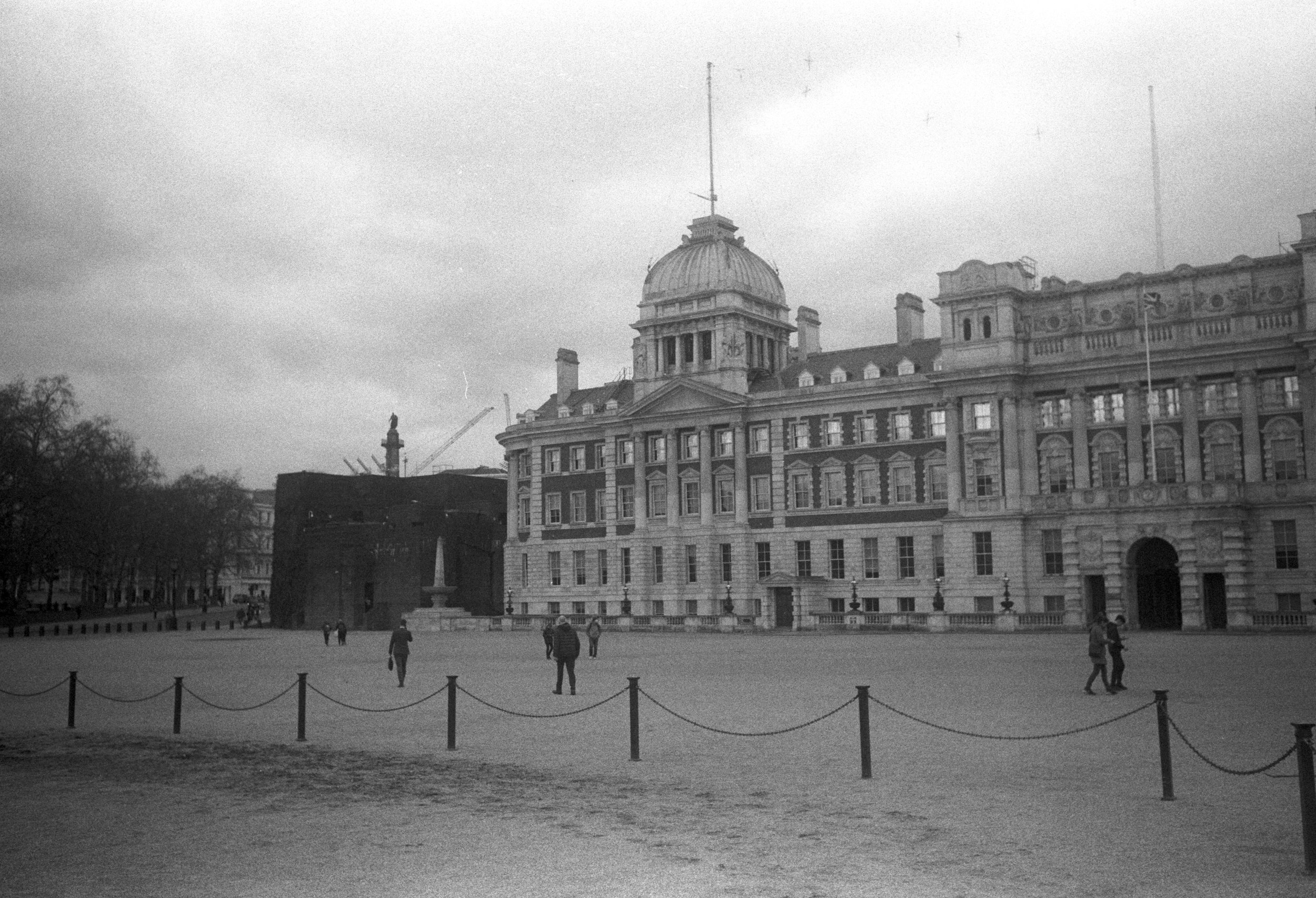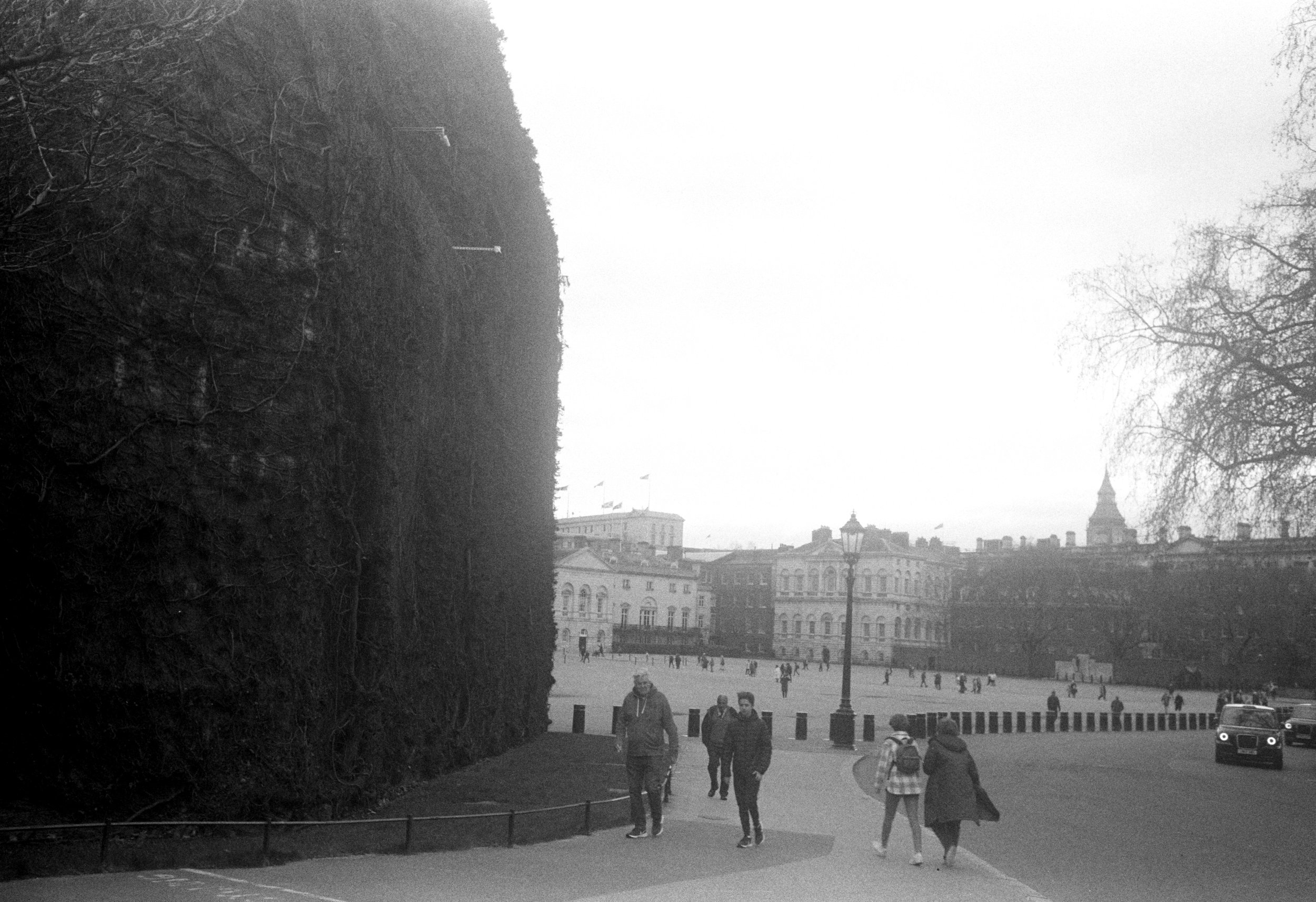
Bunkering Down
A history of World War Two fortifications in London
In the early Summer of 1940, the most mechanised army in the world found itself in a death struggle with a force that relied on over half a million horses to move its men and supplies. The army with all the vehicles was the British and that relying on literal horsepower was the German. It’s a long-held myth that the German army beat the allied forces in 1940 using advanced technology (the reality is rather more complex and, like all good history, significantly more interesting!)
What is more straight forward to describe is the fate of the vehicles carefully marshalled by the British army before the Second World War. They would clutter the roads of retreat and the beaches of Dunkirk – almost 65,000 in total. Overnight the British army went from a force that used trucks to travel to one that was, by and large, static. Even worse, the Channel suddenly appeared very narrow indeed and the Luftwaffe entirely dominant.
The Putney Bunker
In late Summer 1940, invasion fever hit the country as the RAF struggled under aerial assault and German invasion barges clogged up ports opposite the South coast. Although hindsight suggests that the Nazis were a long way from any kind of successful offensive, that is not how it felt at the time, especially given the newly weakened state of the British Army.
In response, an enormous number of pillboxes, bunkers and anti-tank traps started appearing up and down the country. Most were organised around stop lines criss-crossing the country – the most formidable was the GHQ stop line running across the whole of the South of the Country.
But how was London to be slotted into the new defences popping up? Echoing the Tower of London, the political centre of the country had its own set of three concentric defensive rings around its centre like the original medieval fortress. The Inner Line used government buildings and natural obstacles (mostly the Thames) to protect Westminster and the City. The Middle Line was sited roughly around the North/South Circular roads and the Outer Line (the most formidable) sat roughly where the M25 is now. The Outer Line was almost continuous and consisted of a multitude of defensive bunkers which still exist. But what of the Inner Defensive Line?
The only trace I can find of it is tottering at the end of the tube station at Putney Bridge. There, almost ludicrously poised, is a pillbox overlooking both the rail line and the Thames. At the other end of the platform is a signal box that was designed to be fortified.
Of course, this isn’t the only bunker in London. Next to Horse Guards sits the monstrous Citadel, built around the same time as the Putney bunker. It has machine gun loopholes looking down the Mall ready for the arrival of Nazi tanks and troops that would have disembarked at Bexhill and Brighton. One can only shudder when considering how desperate things would have to be for this to be used and how limited the life expectancy would be of anyone defending these fortifications. It doesn’t take a huge leap to imagine bonfires burning secret papers in horse guards, soldiers setting up emergency defensive positions and civilians fleeing the coming battle.
The Citadel on the left
Of course, the situation in England soon improved, the Luftwaffe was defeated and the Army began building its strength again. This culminated in the replacement of the brilliantly named Field Marshal Ironside with the just generally brilliant Lord Alanbrooke. Alanbrooke didn’t put much weight in field defences preferring a mobile reserve to beat back any beachheads swiftly (a practice which has now almost universally been accepted in terms of defending amphibious landings). As a result, the bunkers and stop lines quickly fell out of use, becoming merely visible signs of a particularly dark period in British history.
As another major European City begins to prepare for a siege, the bunker at the end of Putney Bridge serves as a reminder of how terrifying war is and incredibly bleak urban fighting can be.

